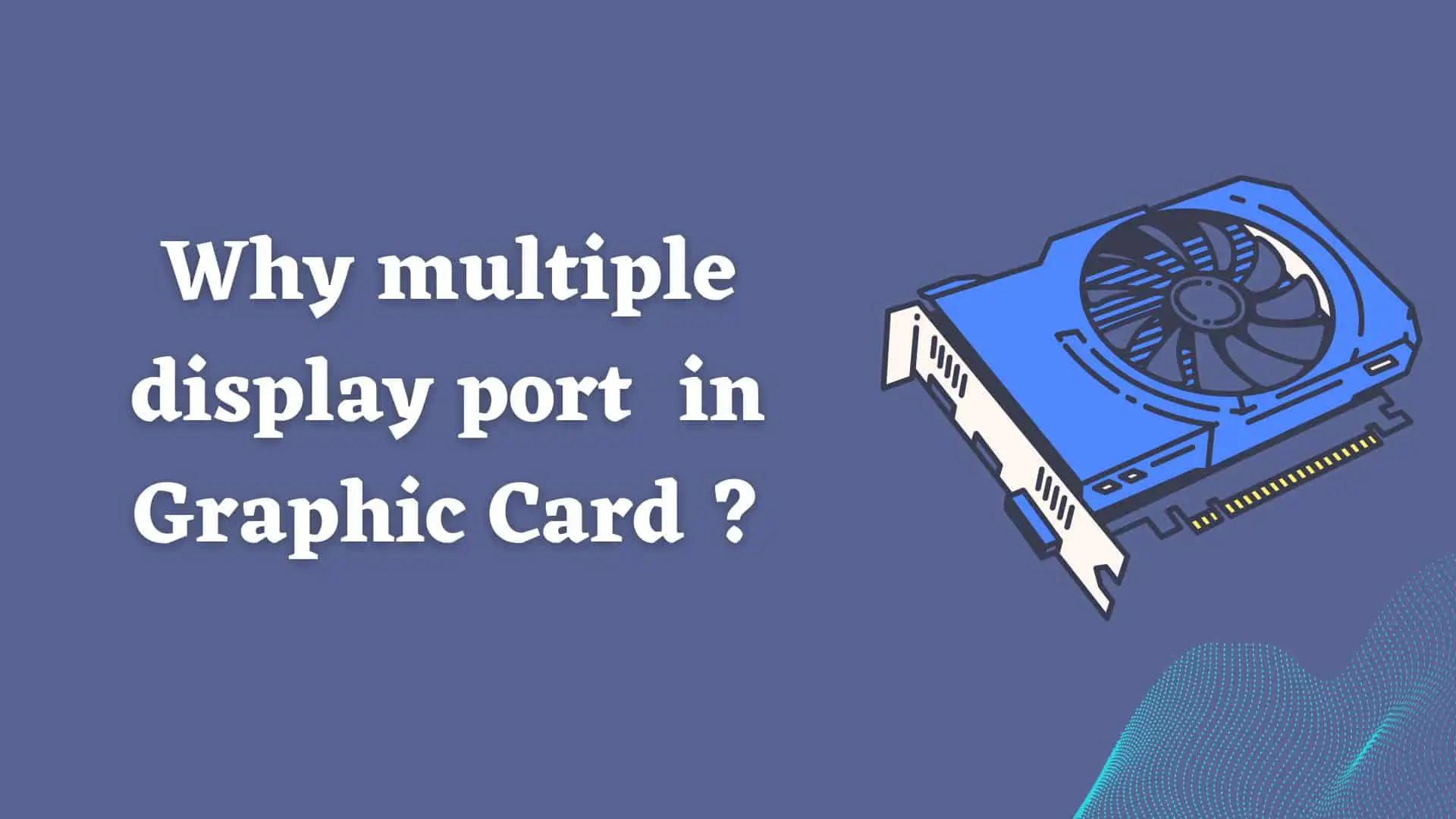Mobile Mastery: Transforming Work Habits with 8 iOS Productivity Techniques

HDMI and Display Port are both popular port used for transfering digital audio/video signals over a single wire. HDMI is a much older technology that was introduced in 2002, whereas Display Port arrived in 2006. We can claim that these two ports were created to replace the VGA ,DVI ports,FPD-Link etc.
These two audio/video ports can be found in many electronic components such as TVs, laptops, graphics cards, projectors, and monitors.However, the number of Display Port ports in recent electronics devices is more than the number of HDMI ports. In Graphics Cards, there are more Display Ports and fewer HDMI ports.In my graphics card, I have three Display Ports and one HDMI Port.
Also, when I looked into why there are so many Display Ports and just one ore few HDMI port, I discovered the following:
If a graphics card manufacturer uses Display Port, they are not required to pay a royalty charge for incorporating the Display Port Standard into their graphics card. As a result, it's possible that having a lot of Display Port instead of HDMI.This can be the basic reason. Manufacturers may use fewer HDMI ports in order to pay less royalties.
However, this is not the case with HDMI, VGA, and DVI ports. If graphic card manufacturers utilize this port, they must pay a royalty or license charge for each port.
Display Port allows backward compatibility with previous and newer ports such as DVI ,HDMI and VGA ports. HDMI only supports single-link Digital Visual Interface digital video (DVI-D or DVI-I, but not DVI-A or dual-link DVI).

Display Port, as opposed to HDMI, is the most recent video/audio signal standard, hence it provides the best future proofing. DisplayPort is a relatively young technology that is becoming more prevalent and standard on GPUs.
Display Port outperforms HDMI in terms of resolution, frame rate, and color depth.
Display Port 2.0 is the most recent and widely used version, and it supports 720p at 2680Hz, 1080p at 1200Hz, 144p at 600Hz, 2160p at 240Hz, and 4320p at 60Hz. The most recent and widely used HDMI port is HDMI 2.1, which supports 720p at 1560Hz, 1080p at 720Hz, 1440p at 360Hz, 2160p at 120Hz, and 4320p at 30Hz. (These are the theoretical refresh rates.) .Comparing these two result , Display Port 2.0 has better refresh rate than HDMI 2.1 port.
Daisy Chaining is supported by Display Port 1.2 and later. This, however, is not possible with HDMI. As a result, we can connect many monitors in daisy chain setups using Display Port.
Some graphics cards feature multiple display ports because they can output to numerous monitors at the same time. This is beneficial for users who want to utilize numerous monitors or a high-resolution monitor and a lower-resolution monitor at the same time.
Graphics cards are aiming for the gaming sector. And PC gamers do not tolerate lag or clutter. So, the greatest alternative the manufacturer made was to set Display Port instead of HDMI in the Graphics Card as Display Port can provide higher resolution support, faster refresh rates, and greater color depth than HDMI.
Conclusion:
Finally, we can claim that Display Port is superior in many ways, therefore manufacturers may choose for Display Port over HDMI in graphics cards.



